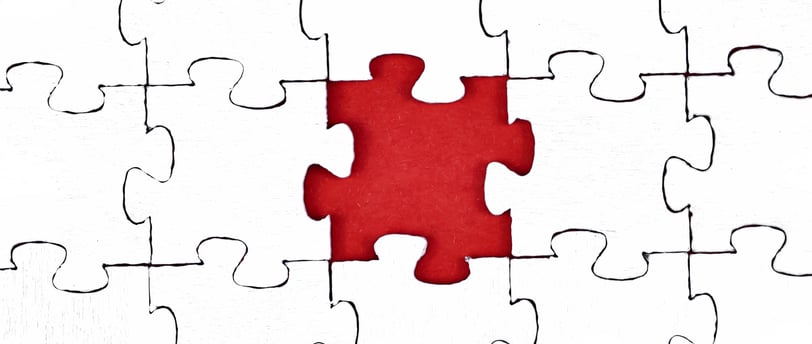
Emotional Jig Saw
"The Jigsaw of Relationships: How Our Emotional Shape Defines Us" We are all moulded by our upbringing, shaping the way we express emotions and connect with others—like jigsaw pieces fitting together. But what happens when our "shape" no longer serves us? This piece explores how deep-seated patterns in relationships can reinforce old emotional expectations and how any attempt to change is often met with resistance. True growth requires not just personal change but also navigating the discomfort it creates in those around us.
2/16/20253 min read


In some senses, we are all moulded into our own individual shapes by the families in which we grow up.
Our ability to express our emotions and cope with other people’s expressions of their emotions, gives us our unique, shape, metaphorically speaking, like a jig-saw piece.
When you take yourself off to a dance, it’s no accident that you end up with Bob, after rejecting Jim, John and Fred; it’s because Bob is the nearest you’ve found to your shape.
This sounds great and a recipe for success, and indeed is often just that.
But what if the mould you’ve been poured into, which may have been an asset in your childhood in coping with a pretty weird world, is now a liability?
For instance what if you grew up in a family where you learned that your emotional needs would go unmet, chances are that Bob won’t meet or understand them. In other words people can actually organise their lives in such a way that their original expectations are confirmed.
Bob is happy, with the arrangement too he’s been looking for someone who doesn’t trouble him by making their emotions and emotional needs explicit.
So if you’ve ever wondered why the couple next door, who always seem to be rowing, have been unhappily married for thirty years, it may be because they both meet each other’s needs. Daft as it seems they may both need, to be misunderstood.
Both can feel comfortable by saying to themselves, and anyone else who’ll listen, “If it wasn’t for him/her I could have …….,” which absolves them of any responsibility for the position they’re in, i.e. they married their excuse.
The snag comes when one of the partners decides to change. Suppose Joan feels she’s missed out on life, and joins a woman’s group or sees a therapist. She comes home with a new assertiveness and says, “Bob in future if I feel like giving you a hug, I’m just going to do it. And if I want a hug I’m not going to hint anymore, I’m simply going to ask for one. And what I’d really like is for you to do the same.“
It could change everything, however, if Bob really can’t cope with all this expressing your feeling business, one of the couple will sabotage the whole thing.
This could be done in a variety of ways. He could hug her, not, when he feels like it, as was requested, i.e. as a genuine expression of genuine affection , but when neither he nor she feels like it …….. and it all feels wrong.
The pay-off for her ……… is the conviction that though she’s tried, but with him it wasn’t worth it.
The pay-off for him ……… is that she’s knocked back into shape. He’s done what was asked and it still wasn’t good enough ……… and with a bit of luck, it will be a while before she’s asking for similar changes.
As with a jig-saw piece, if the area remains constant and the shape changes then all those in contact with that piece will have to change their shape in order to accommodate that change.
Whenever you change shape, it is bound to have a discomforting effect on those around you. They will, almost always, try to sabotage the change and knock you back into “shape.”
In fact you can’t change just one aspect of your life without it affecting almost every other aspect of it.
E.g. suddenly standing up for yourself at the age of forty-two will affect your spouse; mother, children and butcher, all of whom would rather you return to being the sweet reasonable person they all walked over.